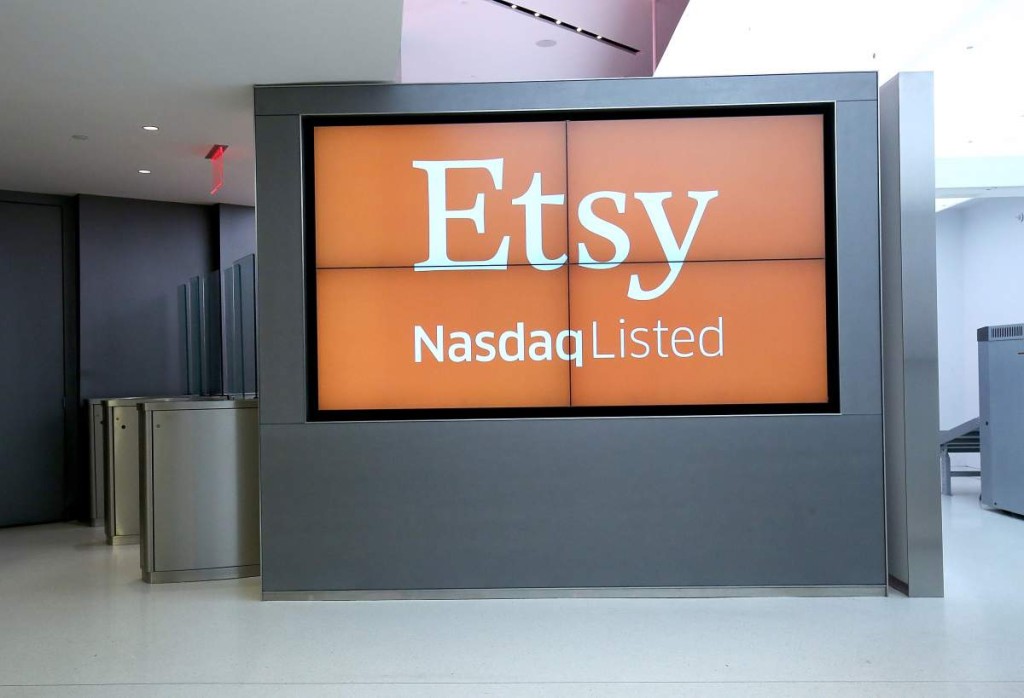This week’s news on the crash of Etsy stock may need some closer examination.
We have long known how art has been a part of foreign policy and the projection of US power. But as the frontiers of aesthetics change like any other trends, also the militarized interests in art morph. The neo-liberal offensive across the globe from the banking sectors in Washington and London and their allied aesthetic bases in Basel and Geneva has over the last decades infiltrated almost any art institution. The corruption of the last strongholds of marxism, the cultural sector and biennales, cased extreme frustration within ”radical” elements of the art world and many migrated their practices towards more ”social” or ”rhizomatic” projects, in a last effort to remain loyal to their long dead philosopher-king. Yet, as we have repeatedly revealed by leaks from CARPA, also the last bastion of ”radical” cultural practices has now fallen.
In his essay ”Contemp(t)orary: Eleven Theses” curator Cuauhtémoc Medina criticizes how a global elite of capital and artists have become ”nomadic agents of global culture”, hidden under the utopian ring of the word ”contemporary art.” Yet, as Medina underlines, this global spread of the cultural values of the free west is nothing more than another layer of domination by ”the new private jet set and a jet proletariat” reproducing what he strikingly calls ”NATO art.”
Within the global art world, ”the constant collusion of perfume and theory”, the last refuge of modern radicalism sees itself becoming displaced by their very own anti-capitalist tactics as the ”relational” art is yet again consumed by reinvented forms of rhizomatic power: something already foreseen in Sun Tzu’s classic treatise on armed conflict: The Craft of War.
As one of the many facades of CIA and CARPA, Etsy has been a loyal distributor of US soft power across the globe since its founding in 2005. At the height of the Iraq insurgency, and the global ”war against terror,” The Multi-National Force – Iraq (MNF–I), needed new strategies to tackle the spread of anti-american resentments. With the help of CARPA, the Department of Defense winded up the investments in soft power to complement the rise on military spending.
This fitted well with the previous CIA and CARPA soft offensive they called the ”resurgence of craft” (or what should more accurately be called “NATO-craft”). The military-sponsored resurgence had over the last decades been spreading explicitly anti-oppressive, yet vaguely capitalist and pro-US liberal ideals, under names such as ”punk”, ”DIY”, “craft”, and ”Riot Grrls.” Seemingly critical to core capitalist ideals, these facades managed to further the individualist, entrepreneurial and “craftivist” values into almost every cell of resistance to US domination.
Yet during the last days, after ten years in loyal service to the values of ”NATO-crafts”, the strategic importance of Etsy has been put into question. Many investors have withdrawn their support, most apparently after last week’s DoD-report on the escalating wars across the middle east and the growing humanitarian crisis along the mediterranean and the US-Mexican border.
This may only be a temporary lack of faith in the effectiveness of US soft power, and we can only suspect that CARPA must soon open new recruitment offices as strategic positions to heighten their presence within the most potent craft-scenes. It may seem the military support for crocheted owls as weapons to defend the free West is slowly becoming unraveled. But US soft power has, since the American War of Independence, historically proved to the be the best weapon to conquer the soul and hands of US enemies.


Recent Comments